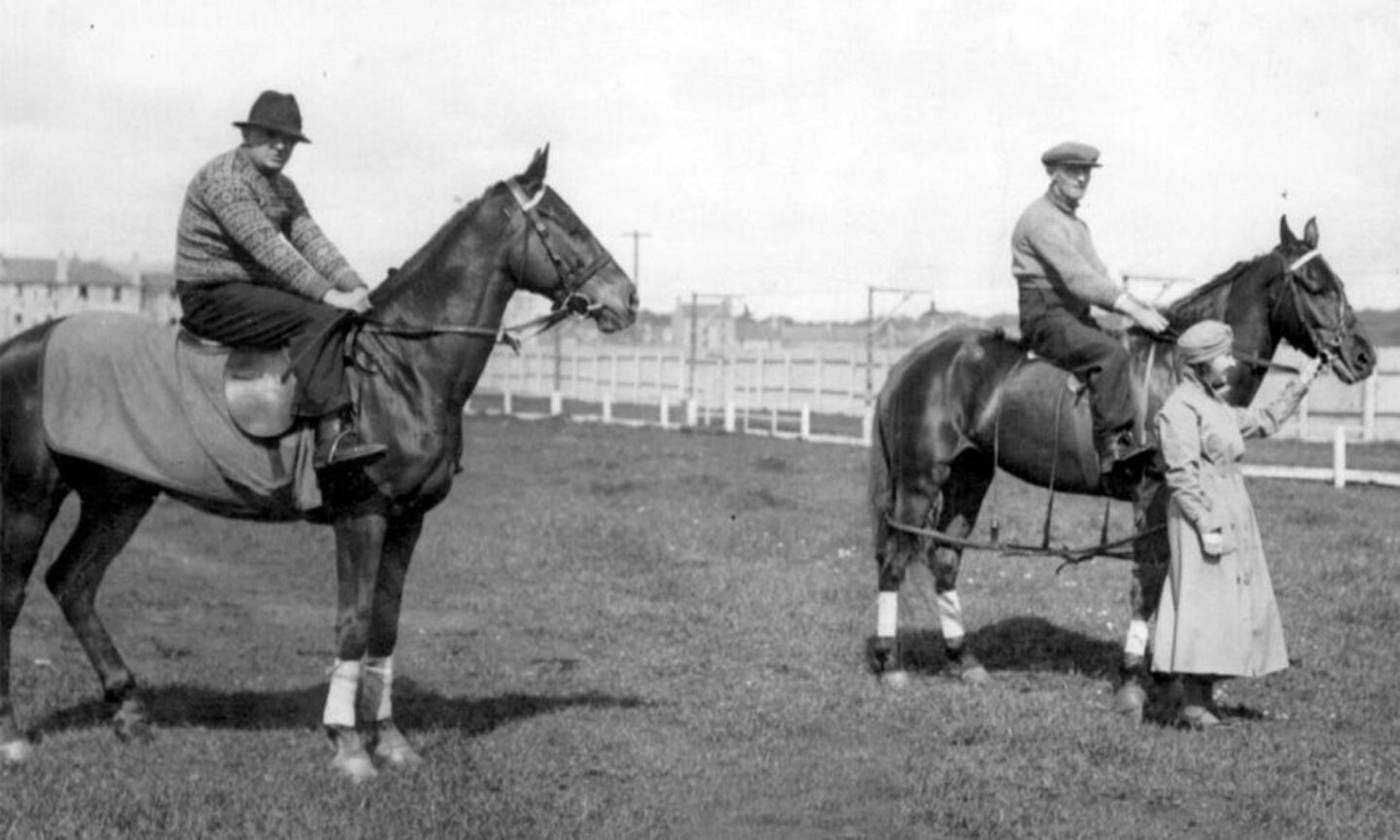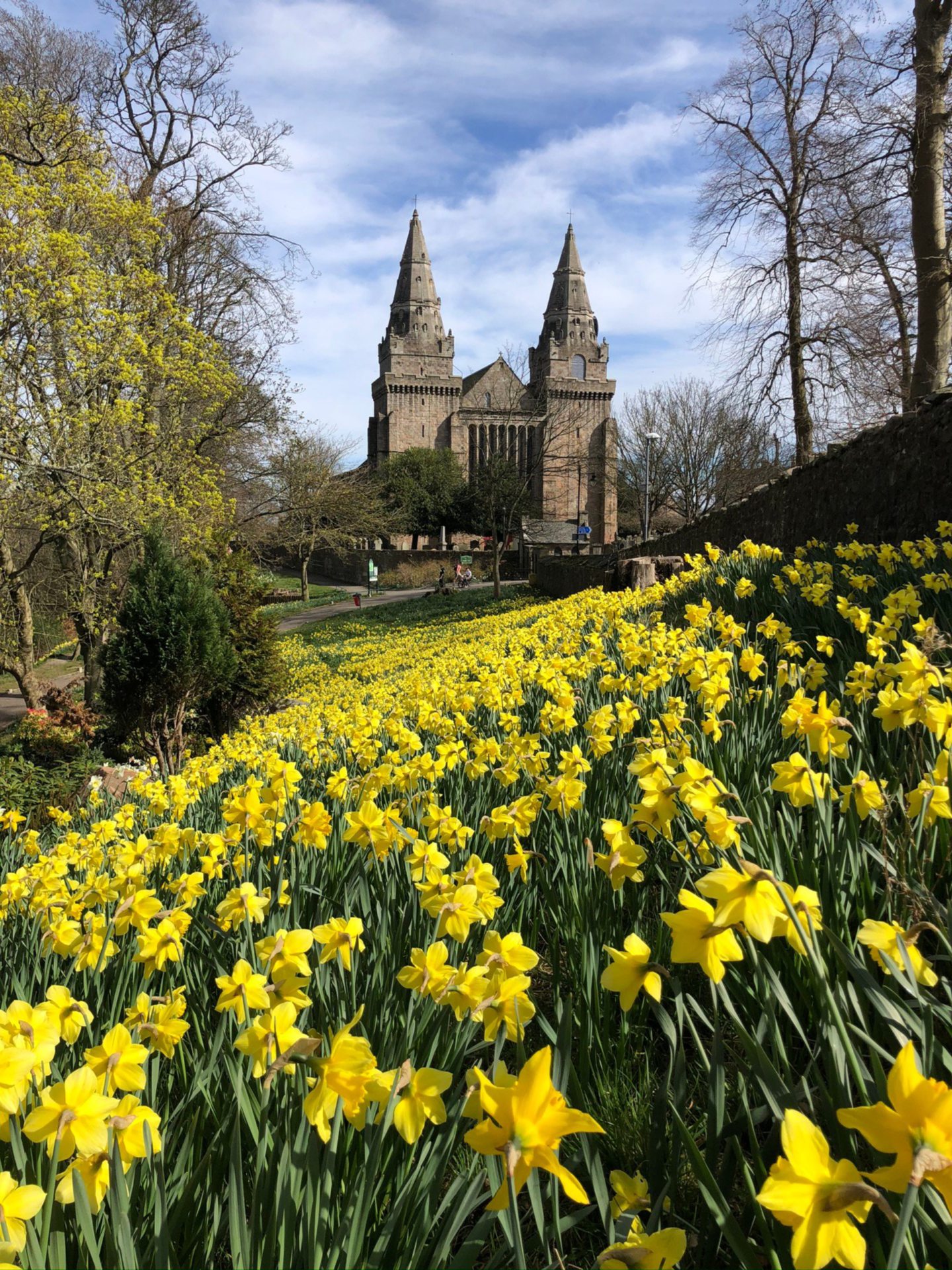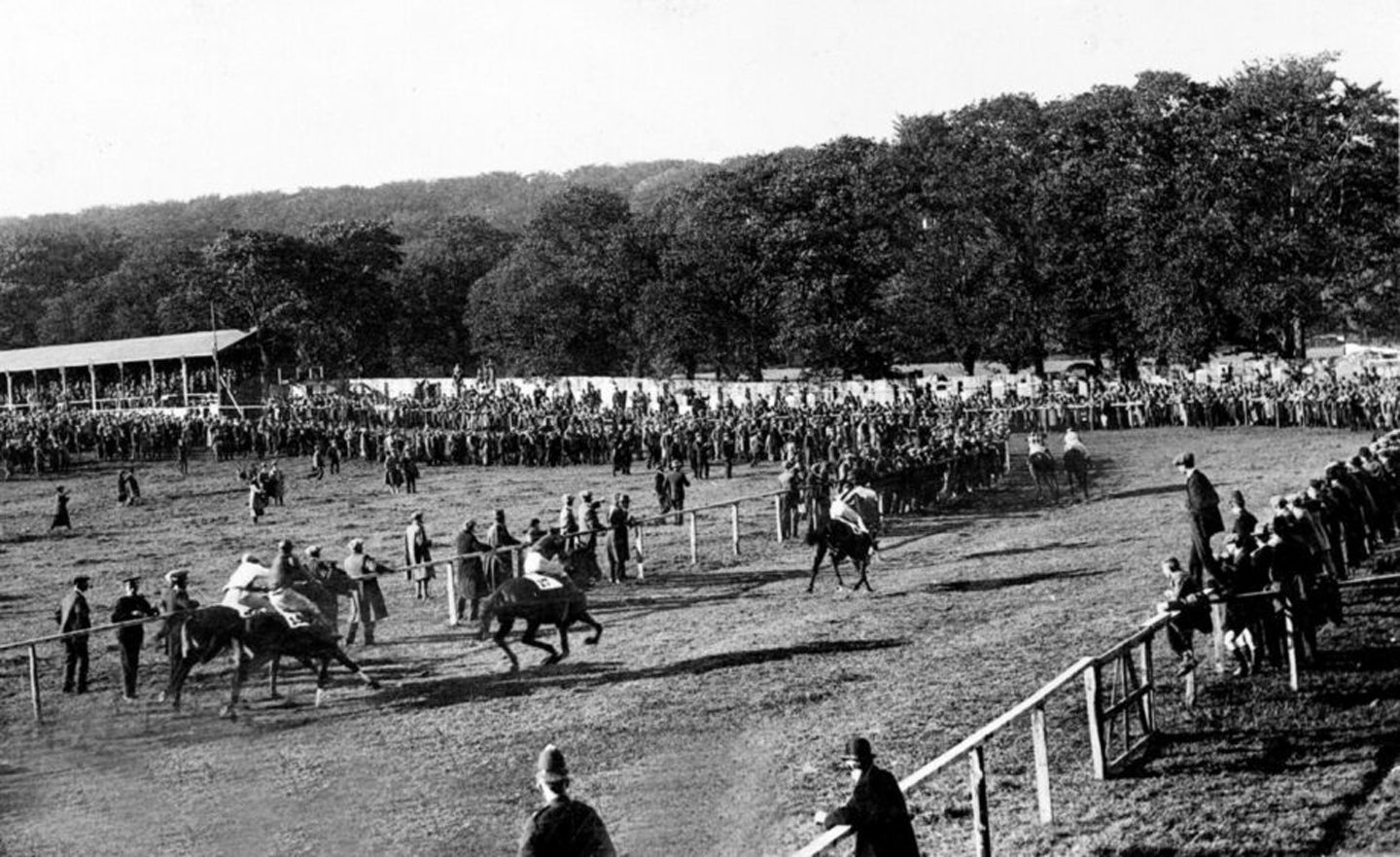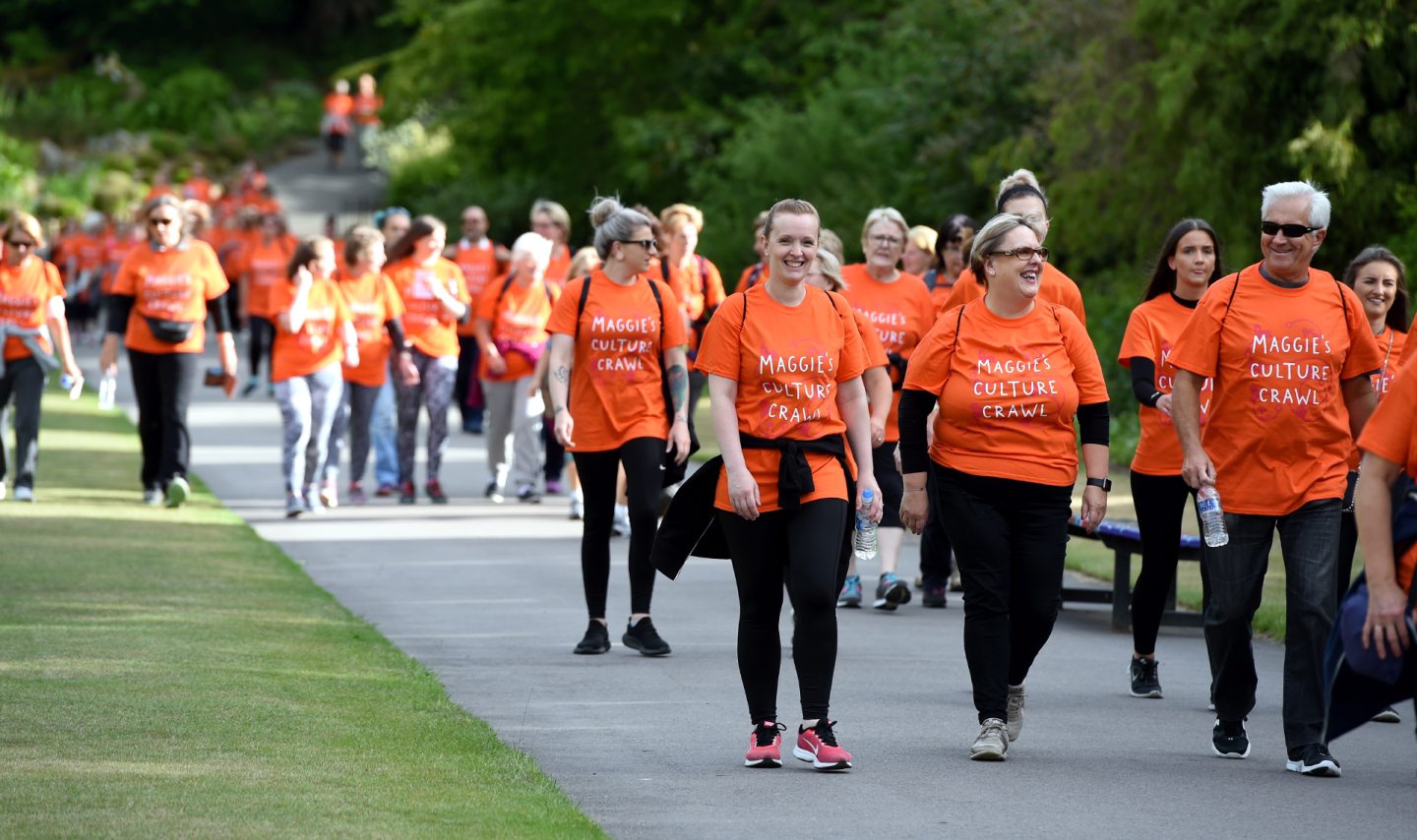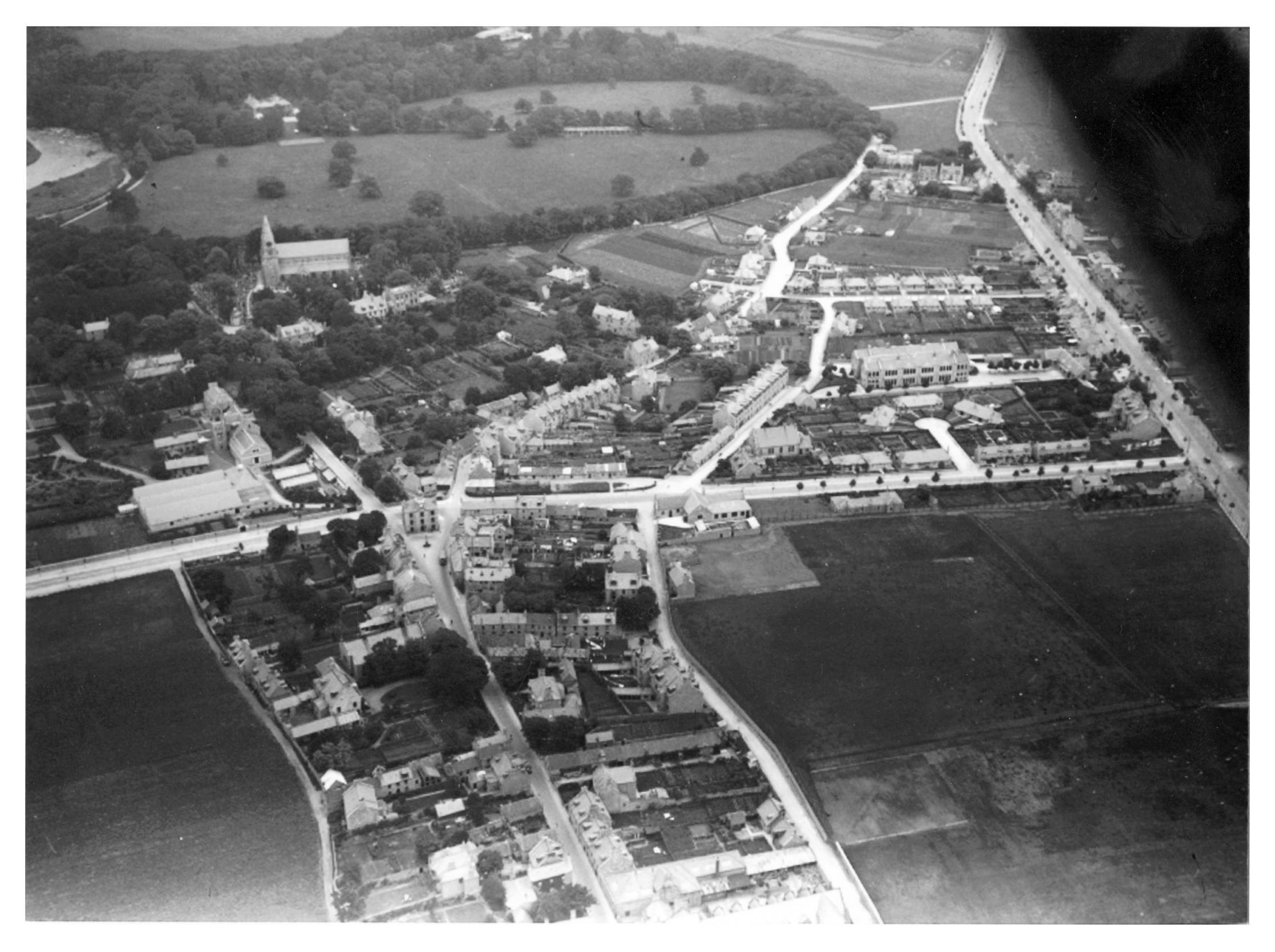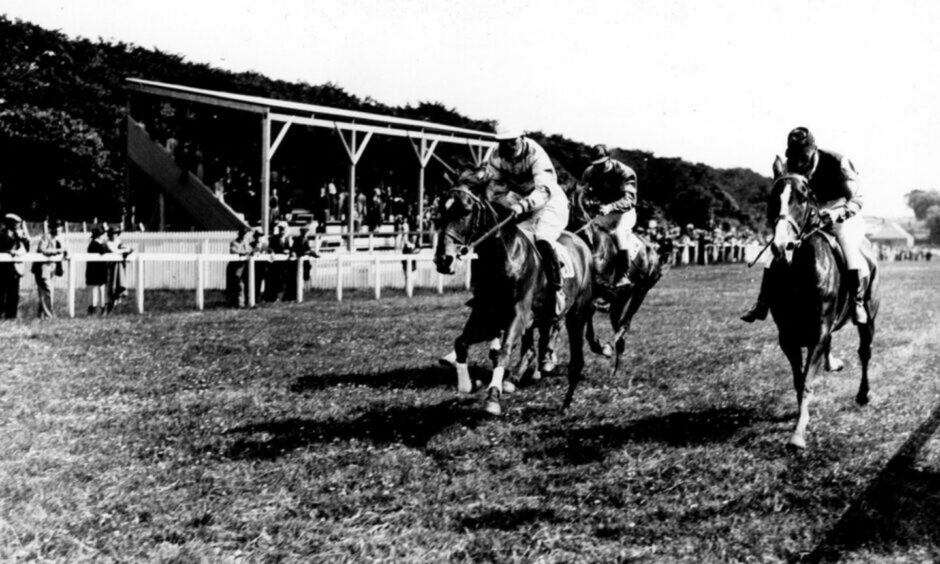
It wasn’t just the participants who were champing at the bit for the high-profile sports festival which came to Aberdeen in the summer of 1923.
On the contrary, local and national newspapers carried advertisements which boasted about how the action would be exciting and exhilarating for north-east audiences.
And such was the interest from the public that more than 40,000 people from the city, Aberdeenshire and Moray, paid their admission money to gain entry to the main event. But what was it that captured the imagination of such vast numbers?
Football, perhaps? Or international rugby? Or a track and field athletics meeting?
The answer is: none of the above.
The sport of kings
Instead, it was a two-day horse racing meeting at Seaton Park on July 14 and 16 that packed in the punters, bedazzled the bookies and seduced spectators of all ages.
The sport of kings had fitfully been staged in the Granite City during the 19th century, but had failed to make a breakthrough beyond the cognoscenti.
Yet the hoopla which surrounded the meeting 100 years ago this month was very different and carefully designed to appeal to an Aberdeen market.
There was big money on offer: £450 for the winner of the Silver Plate and Silver Cup on the Saturday and decent cash prizes for such races as the St Machar Handicap, the Dee Trial Handicap and the Pittodrie Handicap – and this was being staged just 20 years after the creation of Aberdeen FC.
A taste of Grampian hospitality
Ticket prices ranged from basic entry at a shilling (5p in today’s money) to access-all-area briefs “with reserved and numbered seats” at a cost of 10 shillings and sixpence (around 53p), which was a considerable amount of cash 100 years ago.
With the gates opening at 1pm and the sport commencing two hours later, there was ample time for customers to enjoy a pint of beer or a selection of whiskies, while youngsters were offered a range of fruit stalls, ice cream and confectionery.
And, of course, the bookmakers had obtained permission to lay down the odds and pitch themselves at those looking for a quick flutter – or five.
The Press & Journal shared the enthusiasm of horse racing fans for the festival, which it hoped would be the launchpad for the city earning a reputation as the most northerly track in Britain and stealing that mantle from Perth which opened its circuit in 1908.
The paper reported: “The resuscitation of the ‘sport of kings’ is being promoted by a committee of prominent figures in the region including Alexander Findlay, William Forbes, William Trail and John Thomson.
Build it and they will come
“The fact the promoters have pledged to refund all runners’ return rail fares to and from Aberdeen and provide free stabling in the city has encouraged owners from Manchester, Liverpool, Newcastle, Darlington, the Isle of Man, Hawick, Glasgow to send forward a batch of horses, many of whom have achieved distinction in racing.”
The proud beasts came in significant numbers. Soon enough, they were off!
The atmosphere was electric as the clock ticked down to the races – precious few Aberdonians could recall the last time they had seen a full-scale meeting of any similar scale and it was estimated that 30,000 attended on Saturday and another 10,000 on Monday to ensure that the event an overwhelming success.
Or at least that was the verdict of the P&J reporter who covered the proceedings and seemed almost as fascinated with the language, mannerisms and occasionally John McCririck-style theatrical flourish of the bookies as with the actual races.
Hence his report: “There was no doubting the vast majority of the large crowd had never witnessed a race meeting before. This was evident by the amusement they derived from the babel of bookmakers’ voices shouting their odds prior to every race – ringing voices, hoarse voices, raucous voices, English voices, Doric voices….’three to one’, ‘two to one bar one’, ‘five to one and that’s a bargain, ladies and gentlemen”.
But what of the contests? Ah yes, the florid reporter finally turned to them.
Silver Cup thrilled the Silver City
On a sweltering day in mid-July, the licensed stalls were kept busy by the holidaymakers who flocked through the gates and rushed towards the food and drink on offer, as the prelude to taking their seats and watching the action.
And many in their ranks became increasingly animated when several of the races on the card produced thrilling finishes with the outcome in question until the very end.
The P&J’s racing correspondent wrote: “The Silver Cup was good enough to raise genuine excitement and it was easy to understand why the crowd was captivated.
There were no fewer than fifteen competitors and it was a fine spectacle to see that crowd of noble animals, stretched and strained to the utmost, flying round the course, and to hear the thundering heat of their hooves on the firm, springy turf at Seaton.
“But perhaps the greatest thrill, and one that was accompanied by much sympathy, was when a beautiful horse – Sweet Memories – was seen to struggle along bravely on three legs for a distance of more than 50 yards, having broken a leg in taking the final bend. [He was subsequently euthanised in scenes which have become sadly familiar during the annual Grand National meeting at Aintree].
Many of the crowd were women
“And while bookies and betting were conspicuous throughout the park, there were many present with eyes for nothing but the horses and the races.
“It was a democratic crowd, too, of people of all classes from town and country. Women formed a large proportion of the sightseers in all parts of the grounds, from the grandstand down to the one-shilling enclosure.”
The success of the meeting was undeniable. The crowds were happy, the police later praised the organisers for their preparations and the latter promised to bring the event back to Aberdeen as soon as they could.
And they must have been keen because they served up an encore just two months later on September 22 and 24: another two-day festival, billed as an autumn extravaganza, which attracted a remarkable 60,000 spectators; a figure which seems nigh incredible for those who enjoy a constiutional around Seaton Park today.
Yet, although the attendances had risen markedly, there were a growing number of logistical and safety issues. And central to all of them was one basic reality: that Seaton Park may have been a beautiful venue in which to parade horses, but it was far too small to cope with such spiralling crowds without jeopardising public safety.
It wasn’t a proper sports venue
The Evening Express didn’t mince its words in laying out what it regarded as the venue’s many deficiencies as a major sporting venue. The paper said, in an analysis at the end of September: “The course on which the racing experiment has been made this year is much too narrow and confined to be serviceable or even comfortable.
“The greater part of the actual racing cannot be seen, even from the stands, which is an obvious drawback. The view is further obstructed by the erection of canteens, trading stands and wooden buildings within the narrow enclosure.
“Then, the dips and rises of the ground are too numerous and the sharp bends so troublesome that owners have reason for caution in risking animals.
“And, of more concern to the public, wet weather rapidly transforms the ground underfoot into a quagmire in many places.
“These limitations of Seaton Park are recognised by the promoters and there remains hope that, before long, they may acquire ground on a which a spacious and modern race meeting place can be constructed.”
The promoters acknowledged some of these difficulties and pledged to enter into talks with local council representatives to discuss the possibility of building a new purpose-built horse racing circuit. Tentative venues were mentioned outside Aberdeen and the attraction of bringing such a sport to Royal Deeside was highlighted by supporters.
But it never happened. The “racing experiment” had sown the seeds for a prosperous future, but the garden was never properly cultivated and withered on the vine.
With hindsight, you certainly couldn’t accuse a few stalwart Aberdeen officials of a lack of perseverance or passion in their efforts to bring racing to the city.
Less dead heat than dead loss
They tried again in 1928 at Seaton Park and organised what they hoped would be some small-scale, but high-class entertainment. But the boat had sailed on this venture.
Fewer than 1,000 people attended on the Saturday and although 3,000 turned up on the following Monday, these were drastically down on previous figures.
And that was true of the number of competitors in the field, with five or fewer horses involved in the majority of the races which lacked the calibre of star names to preach to the unconverted. The Press & Journal was not impressed and neither were those who recalled the extraordinary scenes from those inaugural meetings earlier in the decade.
There was something symbolic about the straggler in the last race of the meeting. The horse, Peggy Maitland, was trailing so far behind that her owner and jockey had to walk her past the post in what was a sad anti-climax. She had stalled along with the event.
Given the continuing interest in the sport in the north of Scotland, one might have supposed that a local track would enjoy a significant level of backing.
Indeed, as late as 1956, an application was lodged with the then Aberdeen Town Council to bring racing back and create a bespoke circuit for north-east fans.
However, the proposal was rejected by the local authority, which was struggling to rebuild the city in the aftermath of the devastation wrought by the Second World War.
The finishing line had been reached. And there has been no turf love for a similar enterprise ever since.
